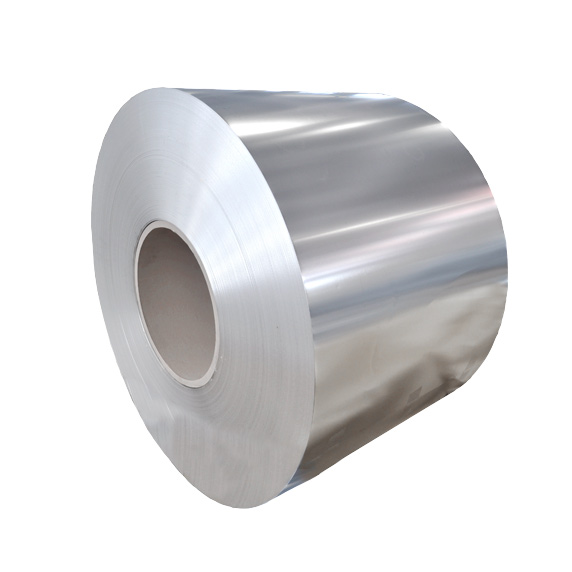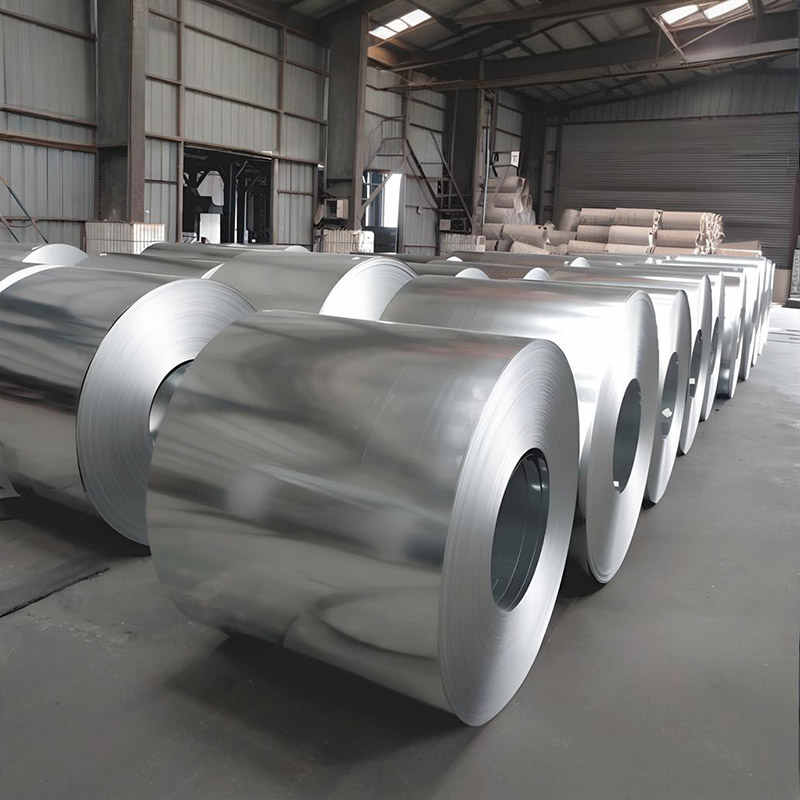Thin Gauge Tinplate Coils: The Ultimate Guide for Manufacturers
What exactly are thin gauge tinplate coils and why do they matter in modern manufacturing? These specialized steel sheets, coated with a thin layer of tin, have become indispensable in industries requiring lightweight yet durable materials. With thickness typically ranging from 0.1mm to 0.3mm, thin gauge tinplate coils offer an optimal balance between strength, formability, and material efficiency.
When considering thin gauge tinplate coils for production, manufacturers must understand the critical quality parameters that determine performance. The coating weight, temper level, and surface finish directly impact the final product’s corrosion resistance and suitability for specific applications. Advanced manufacturers implement rigorous quality control protocols, including coating uniformity tests, adhesion checks, and mechanical property evaluations to ensure consistency across every coil.
Selecting the right supplier for thin gauge tinplate coils requires careful evaluation. Look for manufacturers with proven expertise in coil processing technologies, reliable delivery schedules, and comprehensive technical support. A trustworthy partner should provide detailed material certifications, offer customization options for specific applications, and demonstrate commitment to continuous improvement in their manufacturing processes.
The versatility of thin gauge tinplate coils makes them ideal for numerous applications. In food packaging, they provide excellent barrier properties against oxygen, moisture, and light, extending product shelf life. The pharmaceutical industry relies on these coils for secure, tamper-evident containers, while the electronics sector utilizes them for EMI shielding components. As sustainability concerns grow, manufacturers are increasingly adopting thinner gauges without compromising performance, reducing material usage and environmental impact.
Based on industry experience, we’ve found that optimizing the temper selection is crucial for thin gauge tinplate applications. A common mistake is selecting overly rigid tempers that limit formability, resulting in increased scrap rates. Working closely with material specialists to match temper levels to specific forming processes can significantly improve production efficiency and reduce costs.
Looking ahead, the thin gauge tinplate coil market is evolving with increasing demand for lightweight, recyclable packaging solutions. Manufacturers who invest in advanced coating technologies and sustainable production practices will be well-positioned to meet these emerging market demands while maintaining competitive advantages in quality and cost efficiency.



